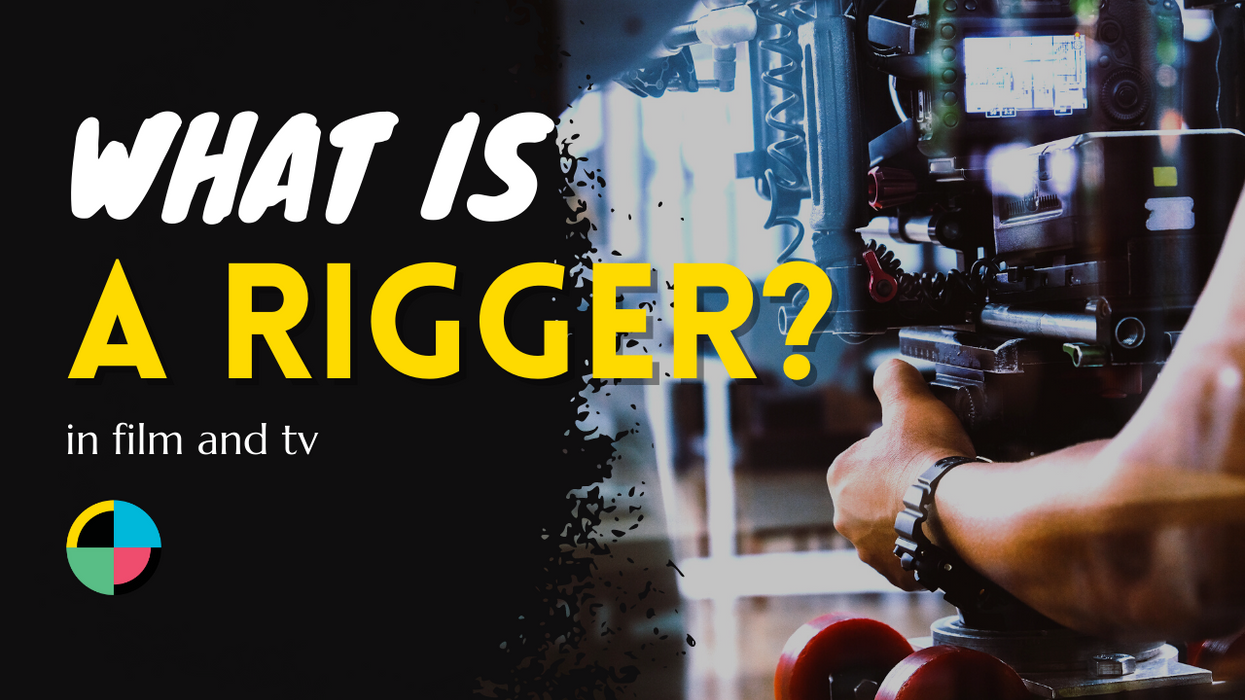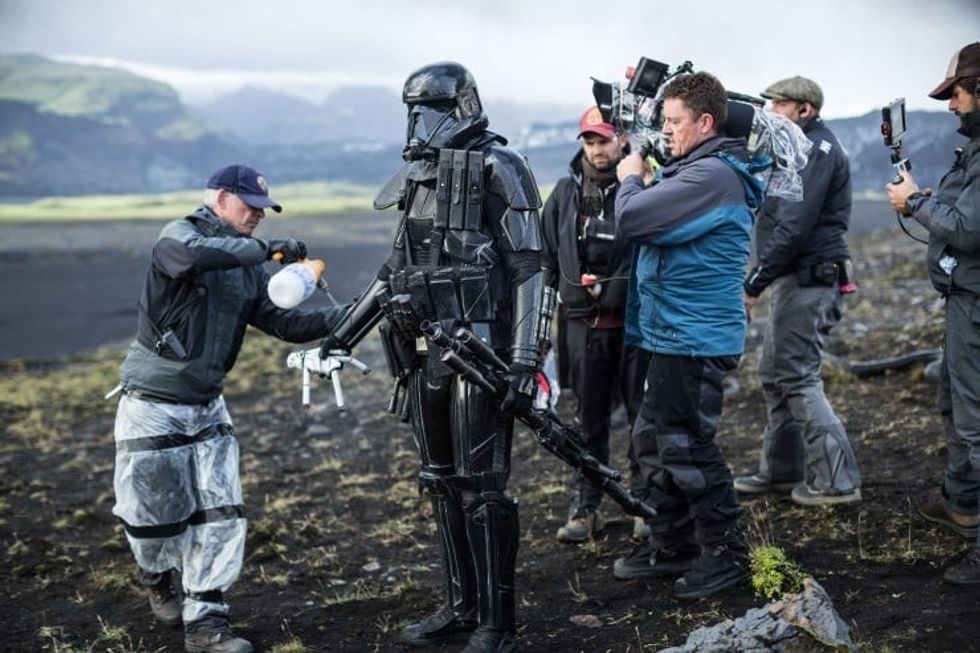What Is a "Rigger" in Film and TV?
There are so many niche film and TV jobs. Like... what is a "rigger"?

One of the things I love about film and TV is that there are so many people who work to make what you see on screen special. One of the most unsung jobs is the "rigger." That's a person who works behind the scenes to do the little things that help make your shows come alive.
But what is a rigger job? And what is rigging? Also, what does it pay?
Back in the day, when people sailed across the world, riggers were the ones who controlled the ropes and the sails. And on boats across the world, there are still ones who do that.
But in film and television, they have a very different and also very similar job.
There are lots of questions surrounding this profession, so today, we'll answer them. We'll dig deep into what riggers do on set, and why they're crucial to certain aspects of production.
Sound good? Let's dive in.
Rigger Definition in Movies and TV
A rigger works on ropes, booms, cameras, lights, lifts, hoists, and other similar apparatuses for a film or television show.

What Is Rigging?
Back in the early days, the golden age of Hollywood, backdrops were made of canvas that resembled sails. This came from the theater. People who manipulated these backdrops were called riggers. And people would use whistles to signal them to change things, like was done on ships.
But as the film industry advanced, specializations such as people who needed to rig cameras, scaffolding, lighting, and other equipment got the term "riggers" on the call sheet.
What Does a Rigger Do?
Production rigging depends on what you specialize in.
Camera-rigging people are sometimes seen as rock stars. They get angles no one has ever dreamed of, and figure out how to film in hard places. They work with the cinematographer and experiment and tinker, often creating their own devices.
The same goes for lighting riggers, who sneak lights places you have never imagined and figure out how much or how little light can be used in a scene.
What about animation? Yes, they still have riggers. Riggers create digital skeletons for 3D computer-generated characters. Instead of rigging wires and ropes, they rig bones. These rigs define the movements of a character or creature.

Rigging even is involved in stunts, since someone has to help rig the apparatuses in place for the particular scene.
Keir Beck was the stunt rigger on movies like Mad Max: Fury Road and Casino Royale. He described his day job like this:
"My title is either stunt rigging coordinator or just stunt coordinator. Working on a film that is heavily weighted with rigging-related stunts means that on a day-to-day basis, I would be either designing rigs from the storyboards or pre-visualization, doing safety reports, overseeing rigs going up, rehearsing, or filming. With more complex rigs, there’s a lot of time just thinking about how you can achieve what the director is asking."

Rigger Jobs on Set
If you're reading this and thinking, "Being a rigger sounds exactly like being a grip," then you're right, it does. In fact, most of all the rigging falls under the job of a grip. I think we can go so far as to say all grips are rigging people, but not all rigging people are grips.
Grips have to be ready for any rigging jobs on set. They work with equipment like:
- Tripods
- Dollies
- Tracks
- Jibs
- Cranes
- Static rigs
- Camera mounts
- Light mounts

How Much Does a Rigger Make?
It's hard to pinpoint what a rigger can make, since the term is used across Hollywood to signify different jobs. For example, a key rigging grip might expect to make between $60,000 to $100,000 a year if they are regularly working.
All grips are governed by IATSE, and on union shoots, may find themselves subject to union payment rules.
And in stunts, it depends where you are in your career and the size of the budget of the film or TV show. The salaries of stunt coordinators in the U.S. range from $11,043 to $294,246. That's very wide.
And the average annual pay for a rigging artist in the U.S. is $71,030 a year. Again, that depends on who you work for and what you're working on.

Summing Up "What is a 'Rigger'?"
As you can see, Hollywood has a diverse array of rigging and riggers across every aspect of the industry. It's really interesting to see how the origin of the word evolved from ship work to now having people do stunts, animation, and making sure a camera can fit into hard places.
Are you a rigger? We'd love to hear from you. Put more about your job in the comments.
















